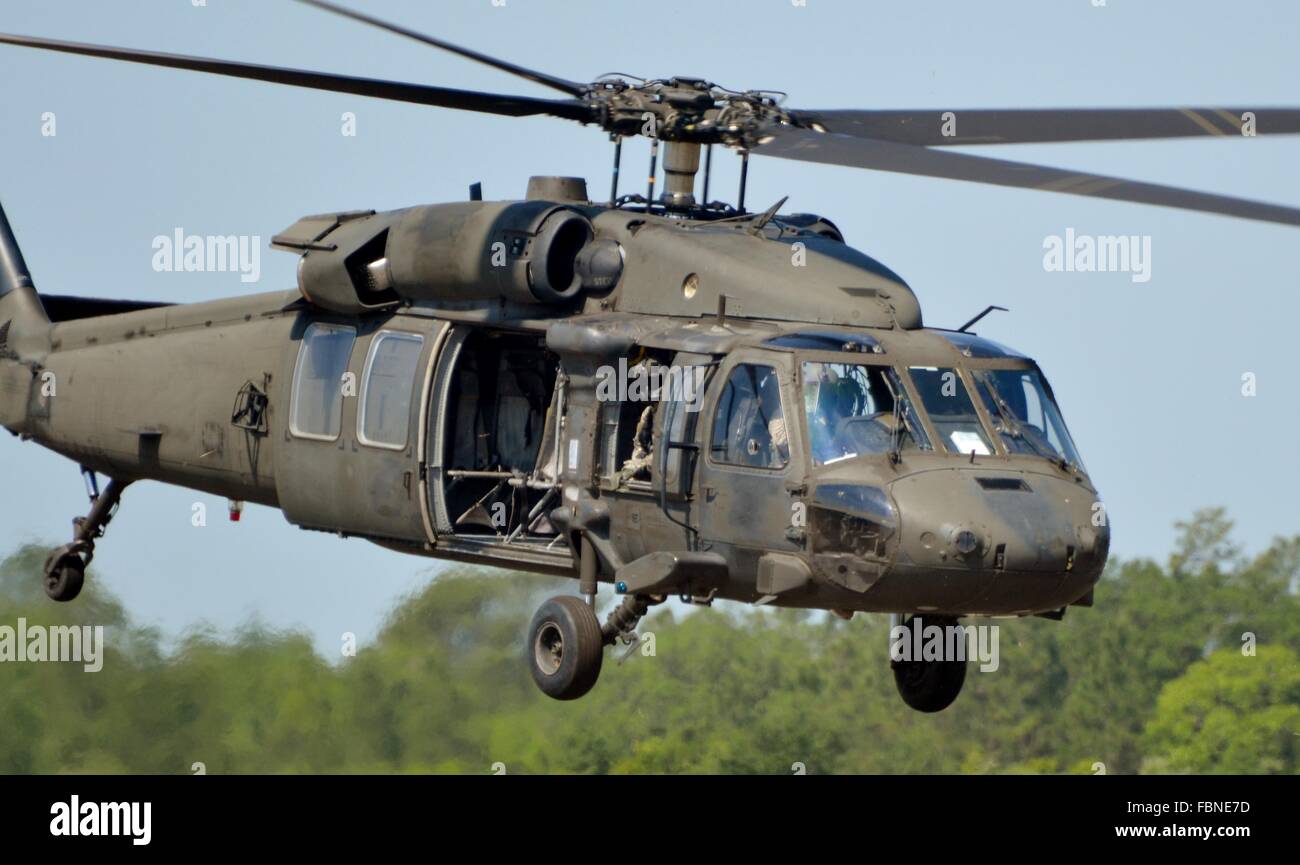Regulating the Cockpit: Uh-60 Black Hawk Pilot Control Equipment and Features
Regulating the Cockpit: Uh-60 Black Hawk Pilot Control Equipment and Features
Blog Article
The UH-60 Helicopter: Navigating Via Its History, Design, and Considerable Function in Air Travel
The UH-60 helicopter, often referred to as the Black Hawk, stands as a testament to the developments in air travel innovation and its undeniable influence on both civilian and army procedures. From its simple beginnings to its existing condition as an icon of dependability and flexibility, the evolution of the UH-60 has actually been marked by continuous innovation and adjustment to meet the evolving needs of the aeronautics market. As we explore its background, design complexities, and the vital function it plays in different fields, a deeper appreciation for this renowned helicopter arises, clarifying the considerable contributions it has made to the world of aviation.
Evolution of the UH-60 Helicopter

The evolution of the UH-60 helicopter can be mapped back to the need for a trustworthy and flexible energy aircraft that could meet the demanding demands of modern armed forces procedures. Developed by Sikorsky Airplane, the UH-60 Black Hawk first flew in 1974, with the U.S. Military becoming its key operator. For many years, the UH-60 has gone through numerous upgrades and versions to boost its abilities and performance.

Style Advancements and Functions

Moreover, the UH-60 includes a sophisticated avionics collection that includes innovative navigating systems, interaction devices, and electronic screens. These technological innovations enhance situational awareness for the staff, enhancing general goal efficiency and safety. The helicopter's sizable cabin design facilitates fast and very easy loading and dumping of soldiers, tools, and casualties, making it a flexible possession for armed forces procedures and catastrophe relief efforts.
Additionally, the consolidation of composite products in crucial structural components lowers weight while maintaining longevity, boosting the UH-60's efficiency and fuel efficiency. The UH-60 helicopter's cutting-edge style components collectively add to its credibility as a dependable and highly qualified airplane in both military and noncombatant aviation sectors.
Army and Noncombatant Applications
With flexible abilities fit for a variety of functional requirements, the UH-60 helicopter serves both noncombatant and army fields successfully (uh-60). In armed forces applications, the UH-60, generally understood as the Black Hawk, plays an essential function in troop transport, clinical evacuation, combat assistance, and search and rescue objectives. Its capability, agility, and speed to run in different settings make it an important asset for army operations worldwide. The UH-60's advanced avionics, defensive systems, and versatility have actually solidified its setting as a foundation of armed forces helicopter fleets.
Furthermore, the UH-60's flexibility for VIP transportation and overseas procedures further highlight its relevance in civilian check that applications. Whether in armed forces or noncombatant usage, the UH-60 helicopter continues to show its worth as a flexible and indispensable airborne platform.
Influence On Aviation Operations
Having established its importance in army and civilian applications, the UH-60 helicopter's effect on air travel operations expands past its flexible abilities to influence a broad range of aerial objectives. In armed forces setups, the UH-60 plays an essential role in army rescue, transport and search procedures, clinical discharge, and unique operations support. Its capability to promptly navigate varied terrains and adverse climate condition makes it a beneficial possession in ensuring goal success and workers safety and security. Additionally, the UH-60's adaptability enables fast deployment and extraction of troops in fight zones, enhancing operational efficiency and agility.
Additionally, the UH-60's integrity and endurance make it a preferred selection for utility goals, including transportation of freight and personnel to remote areas. Overall, the UH-60 helicopter substantially impacts aviation procedures by providing unequaled capabilities and support across a broad range of missions.
Future Advancements and Prospects
The advancement of the UH-60 helicopter is poised to change aviation abilities and reshape check that functional standards in the coming years. Developments in technology and style are driving the development of next-generation UH-60 versions that promise raised mission, agility, and speed adaptability. One vital area of focus for future UH-60 designs is boosting independent abilities to improve operational performance and safety and security. By including advanced independent trip systems, the UH-60 can minimize pilot workload, allow intricate objectives in challenging environments, and enhance overall goal effectiveness.
In addition, there is a growing focus on sustainability and gas efficiency in the style of future UH-60 helicopters (uh-60). Makers are discovering new products, propulsion systems, and wind resistant improvements to reduce environmental influence and operating costs. These innovations not only benefit the environment yet also add to the lasting viability and competitiveness of the UH-60 in the swiftly developing air travel sector
Verdict

The UH-60 helicopter, frequently referred to as the Black Hawk, stands as a testament to the improvements in aeronautics modern technology and its undeniable impact on both private and army operations.Having developed its significance in noncombatant and armed forces applications, the UH-60 helicopter's effect on aeronautics procedures prolongs past its functional capacities to affect a large range of airborne objectives. Overall, the UH-60 helicopter substantially impacts aviation procedures by giving unequaled capabilities and support across a broad spectrum of objectives.
The evolution of the UH-60 helicopter is positioned to revolutionize aviation capabilities and reshape functional standards in the coming years. As modern technology proceeds to advancement, the future growths and potential customers for the UH-60 helicopter stay promising, ensuring its continued importance in Visit Your URL the area of aviation.
Report this page